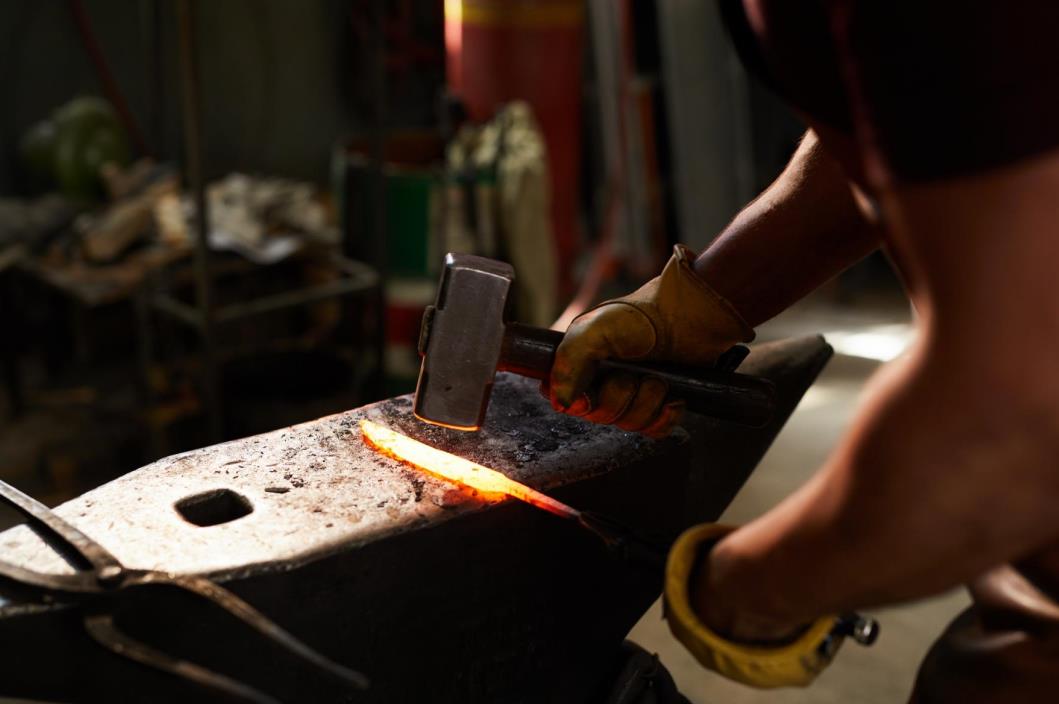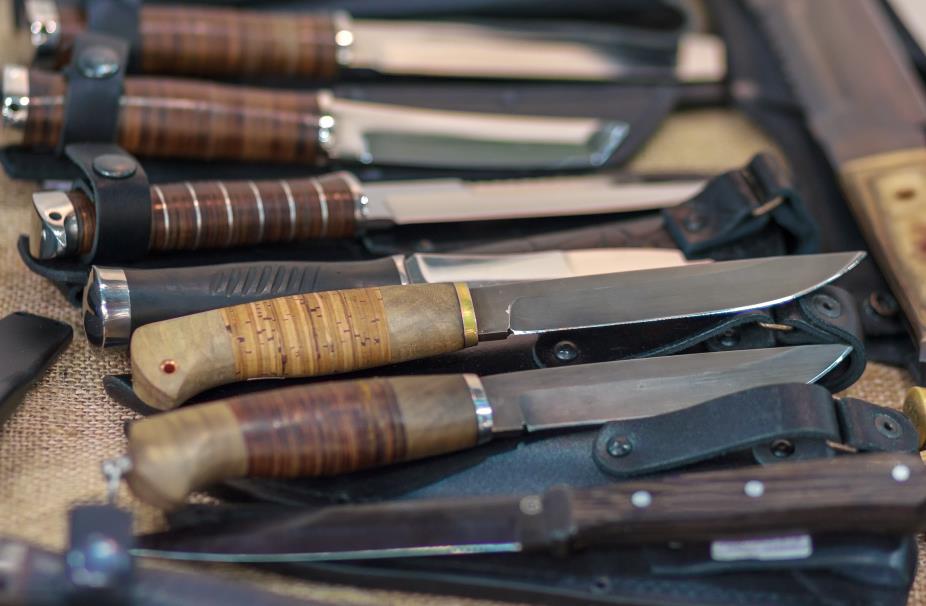The one thing that chefs don’t ever compromise on in the culinary world is knife steel. Knowing their steel helps them make the right knife purchase decisions such that they flaunt perfect knife cuts each time. One famous knife steel among chefs and knife manufacturers alike is the w2 steel.
W2 carbon steel has become a global favorite amongst knife users and manufacturers alike. If you’ve never come across the w2 steel before, our quick guide will help you get to know all about it. Read on to discover all about w2 steel.
Table of contents
What is w2 steel?
Belonging to the W family of water hardening steels (W1, W2 and W3), W2 steel is a high Carbon steel with a carbon content of more than 1% (up to 1.15%). The W2 steel is a highly revered knife in the custom knife industry due to its remarkable edge holding properties and decent toughness levels.
W2 steel composition
Like we mentioned earlier, W2 steel is a high-carbon steel containing more than 1% carbon. The following table shows the composition of W2 steel and how each element plays a role in the w2 steel build-up:
| Element | Composition | Function |
| Carbon | 1.15 | Improves wear, hardness and corrosion resistance |
| Chromium | 0.15 | Improves tensile strength; edge retention; corrosion, and wear resistance |
| Molybdenum | 0.10 | Improves strength; machinability |
| Vanadium | 0.15-0.35 | Improves toughness and hardness; resistance to shock loading |
| Tungsten | 0.15 | Increases melting temperature such that hardness retains at higher temperatures; strength and toughness |
| Nickel | 0.20 | Improves strength |
| Manganese | 0.25 | Increase hardness |
| Silicon | 0.25 | Improves strength |
| Copper | 0.20 | Improves corrosion resistance |
| Sulfur | 0.025 | Improves machinability |
W2 steel characteristics

Here are the characteristics that you should expect out of a W2 steel
Hardness
The hardness of W2 steel can range anywhere between 62-65HRC. This implies that the W2 steel is a hard steel that boasts good edge retention and an admirable cutting performance even with a thin edge.
Even though W2 steel is hard steel, the range of hardness varies with the amount of carbon used in W2 steel.
Edge retention
The best edge retention you can get out of W2 steel is when it’s hardened to a hardness level of 62HRC. If the hardness level increases from 62HRC (W2 steel can be hardened up to 65 HRC), its edge retention will be reduced slightly.
This is why the W2 steel includes Chromium at 0.15% in its composition, as it improves the edge retention in the steel.
Toughness
Even though hardness and toughness don’t exactly go hand in hand, the W2 steel gives a decent amount of toughness despite its hardness. Rest assured, if you try to go anywhere beyond 63 HRC, it will take a toll on the toughness of your steel.
Corrosion Resistance
The W2 steel performs below par when it comes to corrosion resistance. This is because it has quite a low level of Chromium (0.15%) which is the main element providing resistance to corrosion. Stain, rust and corrosion can quickly impact the steel.
W2 steel vs. other carbon steel

The ultimate showdown between W2 steel and other carbon steel starts now. Let’s see how W2 performs in comparison to other steels:
W1 steel vs. w2 steel
Belonging to the family of water hardening steels, w1 and w2 steels have a chemical composition that is almost the same. The only difference is that w2 steel also contains vanadium and tungsten, known for its toughness, strength, hardness and shock load resistance properties.
Therefore, w2 steel has hardenability and wear resistance better than w1. Hence, it is obvious which steel would be better for knife making.
W2 steel vs. D2 steel
If you’re looking for better steel than w2, D2 is what you’re looking for. D2 is a high carbon and chromium air-hardening steel that outperforms w2 steel in numerous ways. For instance, D2 has better corrosion resistance due to a higher percentage of Chromium (11%). It has better edge retention as well.
Having similar hardness levels as w2, the D2 steel is the better option for knife making.
W2 steel vs. 1095 steel
The 1095 steel is high carbon steel that does not contain any additional alloy elements. On the other hand, the W2 steel sports small traces of additional alloy elements such as V, W, Cr, and Mo, to name a few. Such alloy elements allow the W2 steel to bear a harder and tougher structure than pure 1095 steel.
The above comparison shows that the W2 steel is a better option for knife making.
How to care for w2 steel
W2 steel is a high-carbon steel that must be taken care of for more prolonged use. Here is how you can take care of your W2 steel knives:
Sharpening
You don’t need to sharpen W2 steels often since they maintain their edge for longer. However, once the edge dulls and it’s time to share, rest assured that you will face a tough time, especially if it’s your first.
Use a sharpening stone to sharpen your W2 steel knife. You can learn how to use a sharpening stone or a whetstone here.
Maintenance
If you’re down to looking after your W2 steel knife, rest assured that you will have a good time using it. All you need to do is spend a bit more time oiling and cleaning your steel so that it lasts longer:
- Hand wash the w2 steel knife with soap and warm water.
- Use a towel to dry.
- Avoid using harsh chemicals on the steel or putting it in the dishwasher.
- Regularly oil the steel with food-safe oil. Oiling allows for creating a barrier between the w2 steel and air so that moisture and oxygen don’t contact the blade. This way, the steel won’t rust.
- Store in a clean and dry place.
Is W2 steel suitable for knives?
Finally, the main question. Is W2 steel suitable for knife making?
The W2 steel is a good option for knife making, considering it has high hardness and toughness levels. The only drawback is that it has poor corrosion and wear resistance. However, properly caring for and maintaining it will allow the W2 steel to last longer and handle reasonable amounts of damage.
Conclusion
Now that we are done briefing you about the W2 steel, you must have decided to buy one. Don’t let the thought of poor corrosion resistance scare you, though. Its pros evidently outweigh the cons. Plus, we are sure you can take care of your W2 steel just fine!









